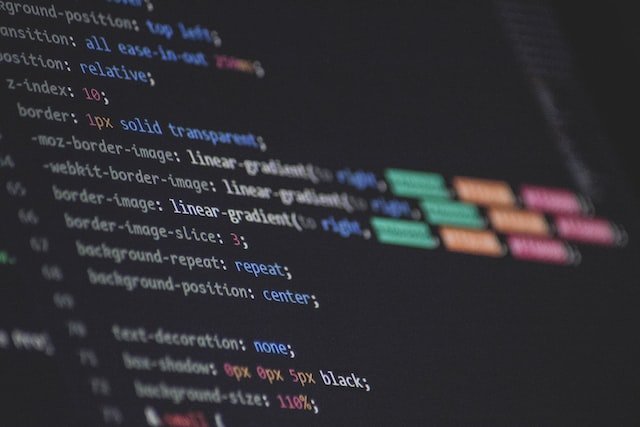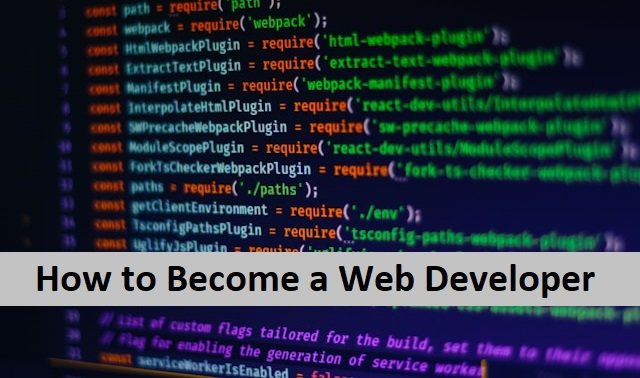Modern developers have been using CSS to develop thier websites. CSS, or cascading style sheet, is the most important aspect of web design. When designing a website, CSS ensures everything is in perfect order. It is the style sheet language used to define the formatting of the webpage. It includes its color, layout, size, etc.
Although writing CSS code is not new to developers, some older browsers may cause problems. Even it causes trouble when you are working on large applications. Using codes to get the result is more complex here. If you are a new web developer working with CSS, this article will help you understand the fundamental challenges you may encounter while writing code.
Today, we’ll review the difficult CSS practices that all new web developers should know. Let’s get over some tips to bring the best outcome out of CSS for your web design project. Related Article, Best Practices for Mobile Form Design.
CSS Best Practices
1: Organize Your Stylesheet
The first thing you should do when practicing CSS is organized your style sheet. CSS assists you in this by ensuring that the stylesheets are consistent throughout your website.
Imagine how a website looks when each page appears with a different layout, font, size, and color without any consistency. CSS assists in keeping the website interface appealing and consistent without sacrificing content or style.
2: Use New Lines And Sections Frequently
It is recommended that developers should Include pertinent sections in their stylesheet. For example, Sections in your stylesheet for lists, columns, and navigation, make it more organized.
Using new lines for each code will affect the appearance and improve the function.
3: Large Projects Need More Stylesheets
Developers working on larger projects dislike scrolling pages to find a single line of code. To make things easier while using CSS, use multiple stylesheets for different sections.
Because not all parts of the website have the same format, using a single stylesheet makes it more complicated. Using different stylesheets for FAQs and comment sections will make things less complex.
4: Use preprocessor With CSS
You can save time using a preprocessor when developing a website with CSS. SCSS and other preprocessors make the job easier and improve CSS’s functionality because CSS lacks a few features you may require while developing your website.
In such cases, a preprocessor can rescue you by making navigation easier and quicker. Preprocessors also help in organizing your stylesheet by dividing it into separate files.
5: Use Stylus To Decouple Semantic Markup
Because of its features, Stylus is a powerful application. It separates the content from the style and does not affect the HTML document with every small style change.
The Stylus is similar to mixins and has a preprocessor feature that improves the structure of a stylesheet. It is a real treat for developers who needs a powerful application along with CSS.
6: Use Preprocessors To Write Modular CSS Code
It is difficult to duplicate code in CSS, but the preprocessor makes it possible. We can meet this challenge by using @include and @extend. It is the most useful CSS function for making code duplication. @include can be used to add animations and make repetitive code more readable.
While @extend allows you to share CSS work from one class to the next, both predecessors can make CSS code more powerful if used correctly. Related Article: Useful VS Code Extensions.
7: Do Not Modify the theme Directly In WordPress
There is bad news for wordpress developers, as word press does not support making direct CSS changes to your theme. But CSS has a solution to this problem.
You can make these changes by selecting Theme Customizer in the Additional CSS option. It will make the required changes in style without affecting the file. You can also use the option for any theme or style updates.
8: Use CSS Shorthand Feature
Practicing the CSS shorthand feature in your code will make the work easier. While writing large codes, it is possible to have some extra space which can be reduced using shorthand.
It will finish the unnecessary space between codes and make the work organized. Shorthand features allow you to use more than one style without mixing it up.
9: Remove Redundancies
Redundancies are the unnecessary repetitions of codes. In CSS, the repetition of codes will fill up more space, and it has no use. It will just harm the website by making it work slowly.
In CSS, a DRY method (don’t repeat method) prevents repetition. Here you don’t need to mention the size and font of text every time in the same section.
10: Import Fonts In CSS
Another best practice you can do in CSS is to import fonts to your website. You can download your required fonts from Google easily. Now update your CSS file by using a text editor. Once done, you can add these new fonts to CSS files.
11: Use OF BEM In CSS
BEM is the CSS methodology that keeps things consistent in CSS. BEM stands for; Block, Element, Modifier. BEM helps in maintaining all CSS projects.
Block
A block can be any part of website design. It can be a menu, header, or footer.
Element
The element describes the parts that make blocks. It can be fonts, buttons, colors, etc.
Modifier
Modifiers decide the styling of elements in a block. As the name indicates, it modifies the blocks by using elements as its parts.
12: Customizing An HTML FIle
Customization is required in every web project. Developers are trying to make their websites appealing and use different applications. Most use CSS, Javascript, and plugins that work to some extent. But sometimes, making the HTML file appealing can be a real challenge, even in small projects.
Even after working hours, when you cannot make the file appear the way you like is a disappointment. The best and easy way to solve this problem is to use CSS with Javascript to customize the file the way you want.
Wrapping Up
CSS is a simple web language, but using it correctly is challenging, especially in large web projects. Using the best CSS practices for a new developer takes work. However, all of the tips provided above will assist you in gaining a basic understanding of how to use CSS for customizing and developing small and large web projects.
Some of these suggestions may only work for some, but you must be persistent and enthusiastic in learning new techniques and developing better websites. It will help you in writing clean CSS codes.




